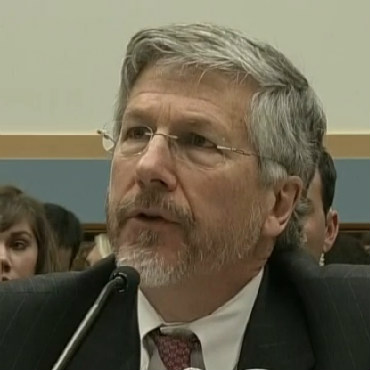New details on IC's insider threat patrol

Robert Litt, ODNI's top laywer, told a closed Senate hearing in 2012 about how intelligence agencies use data and computer systems to uncover potential insider threats.

In recently released Senate testimony from 2012, ODNI General Counsel Robert Litt said all intelligence community agencies had the ability to monitor their networks and track employees' online activities.
Although one of the federal government's cross-agency priority goals is improving automated insider threat detection, progress has been slow and details on existing programs are sketchy. But recently released testimony from the intelligence community's top lawyer sheds some light on the government's capabilities.
During a closed hearing held by the Senate Select Committee on Intelligence on Feb. 9, 2012, Robert Litt, general counsel at the Office of the Director of National Intelligence, detailed the development and use of automated programs to detect insider threats.
A redacted version of his testimony was recently released in response to a Freedom of Information Act request by the Federation of American Scientists.
"At present, each individual member of the IC has audit and monitoring capabilities for their systems and networks," Litt said. "While there is some variance, robust programs are in place [redacted].... Other agencies have less mature programs but some ability to track employee online activity."
He added that "automated systems are being studied, developed and tested that will assist in identifying classified information published on the Internet. Once information is on the Internet, we have no control over it."
Furthermore, a review of the audit capabilities of intelligence agencies by the the Office of the National Counterintelligence Executive's Special Security Directorate found "no instances where an agency could not provide the requested audit information," Litt said.
The hearing was held to follow up on the WikiLeaks disclosures of 2010, and it came before Edward Snowden's leaks and the Navy Yard shooting -- two events that imposed more urgency on government efforts to detect insider threats.
Automated insider threat detection remains a work in progress, according to the most recent report on Performance.gov. A key goal is the continuous evaluation of cleared personnel, which involves automating investigative functions that combine data on employees' activity on government networks, entry and exit logs from government facilities, and other federal data with information gleaned from financial records, police logs and other sources.
The National Insider Threat Task Force, established by executive order, is responsible for developing a governmentwide program. The goal of having an initial operating capability in place by December 2015 was missed, and the goal of establishing a program by December 2016 is "at risk," according to the Performance.gov update.
NEXT STORY: Pentagon Shakes Up Silicon Valley Outreach


